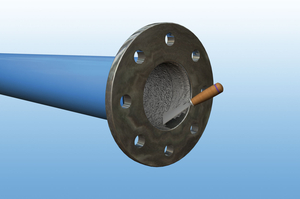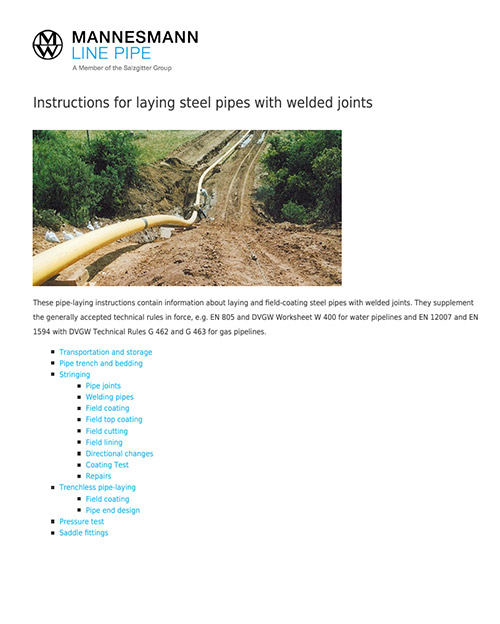Repairs
Polyethylene coating
Defects or holidays in the polyethylene coating as a result of transport or handling must be repaired in accordance with the specifications of DVGW Worksheet GW 15.
Depending on the defect size, repair patches or materials that conform to DIN 30672 can be used. It is advisable to use a repair patch for small flaws. There must be an all-round overlap of 50 mm over the mill-applied coating:
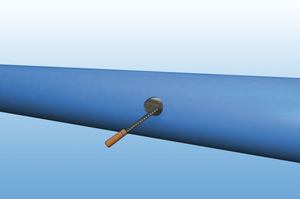
1. Remove dirt, rust and grease, cut off loose edges and smooth out notches and cuts in the coating with abrasive cloths or a rasp.
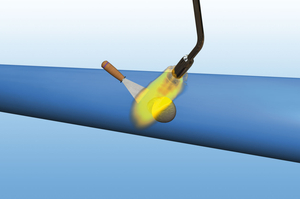
2. Heat the defect site and stop any holes with the accompanying filler. If necessary, smooth the surface with a stopping knife.
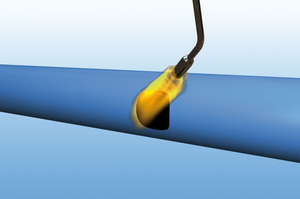
3. Heat the adhesive side of the patch, then apply it to the repair site. Heat with a gentle propane flame and use a glove or a roller to press the patch until it is smooth and free of air bubbles.
Fiber cement mortar (FCM) coating
Flaws in the FCM coating can be repaired by wrapping cement or polyurethane tapes around the pipe so that they cover the flaws. See "Field coating“.
Cement mortar (CM) lining
A cement-mortar mixture based on Portland cement (CEM I) is used for repairing defects in the cement-mortar lining and for field lining pipe or fitting surfaces (see list of accessories: Isomix):
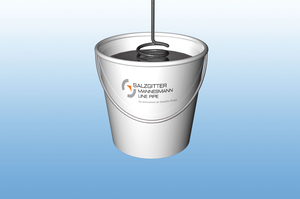
1. The mortar is supplied dry in 10 kg buckets. Before use, add the necessary amount of water and mix until homogeneous.
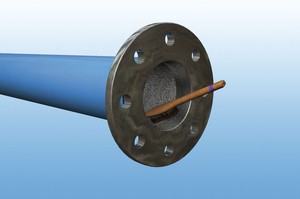
2. Brush the surface clean and moisten it so that the mortar will bond adequately when it is applied.
